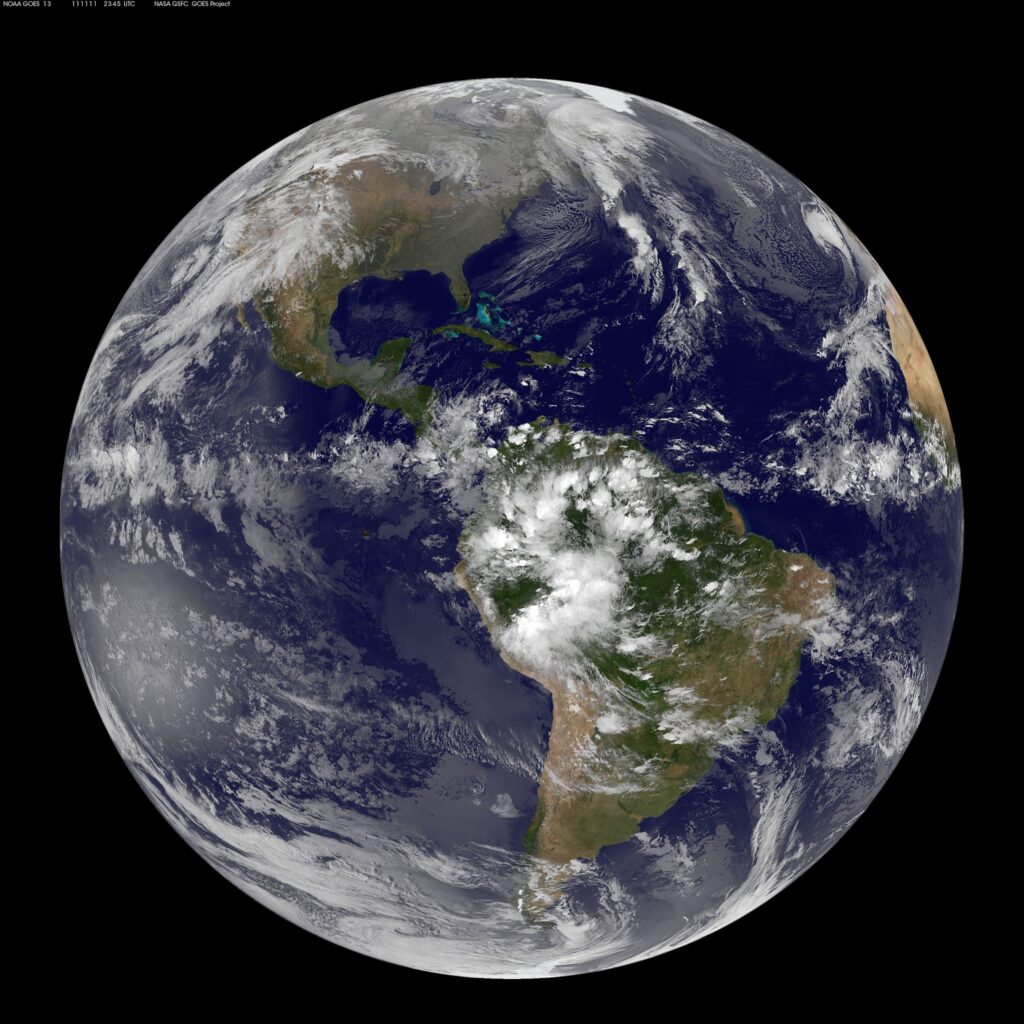
Last year was a year that saw rising temperatures and rising levels of greenhouse gases. 2021 was the fifth-hottest year on record. The average global temperature was nearly 1.2 degrees Celsius or 2.1 Fahrenheit degrees higher than the preindustrial average. The past seven years were the hottest ever by a significant margin.
The concentration of carbon dioxide in the atmosphere reached 414 parts per million, compared with preindustrial levels of 280 parts per million. Concentrations of methane reached 1876 parts per billion, the highest levels ever recorded.
Apart from these global measurements, local and regional weather saw the effects of the heating planet. Extreme temperatures were common with the hottest summer in Europe, heatwaves in the Mediterranean, and unprecedented high temperatures in North America.
The West Coast of the US, northeast Canada, Greenland, and parts of north Africa and the Middle East all experienced the highest above-average temperatures. However, some places, including Australia, Antarctica, Siberia, and much of the Pacific Ocean often saw below-average temperatures, even though the same places occasionally experienced record high temperatures.
The Covid-19 pandemic and its economic disruptions continued to lead to some reductions in greenhouse gas emissions, but in the US, emissions from energy use and industry nonetheless grew 6.2% in 2021 after falling more than 10% in 2020.
Carbon dioxide and methane concentrations are continuing to increase each year and don’t appear to be slowing down. As long as this situation persists, global temperatures will continue to rise, and extreme and erratic weather will be more and more commonplace.
**********
Web Links
2021 Rated One of the Hottest Years Ever as CO2 Levels Hit Record High
Photo, posted November 11, 2011, courtesy of NASA Goddard Space Flight Center via Flickr.
Earth Wise is a production of WAMC Northeast Public Radio.
Leave a Reply